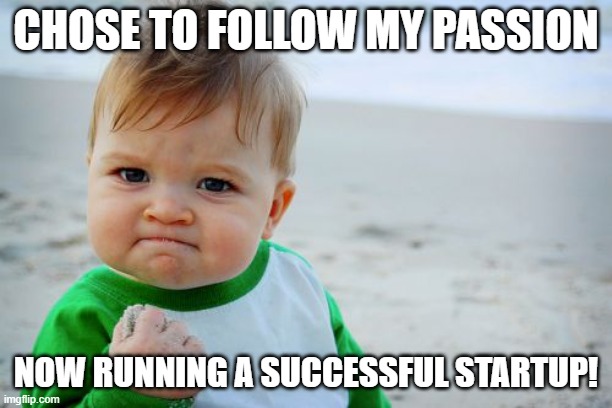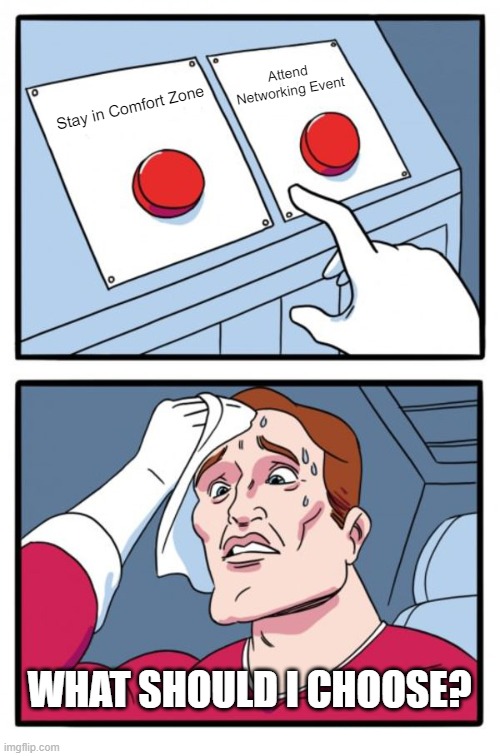When planning to visit or relocate to another country, one crucial factor you need to be aware of is the amount of savings required to apply for a visa. It’s not just about packing your bags and buying a ticket. Governments of countries like the USA and Canada want to ensure that you have enough money to support yourself during your stay. That’s why showing a healthy bank balance is often necessary when applying for a visa. So, let’s dive into what this means, how much you might need, and how to prepare yourself financially.
Why Do You Need a Minimum Bank Balance?
The main reason countries like the USA and Canada ask for a minimum bank balance is to ensure that you won’t become a financial burden during your visit. This is especially important for travelers who plan to stay for extended periods or apply for long-term visas, such as work or study visas. A healthy bank balance demonstrates that you can cover all your expenses, from accommodation to food, without depending on public assistance or violating the conditions of your visa.
In short, the savings requirement acts as a financial guarantee that you’re responsible for your own trip and won’t need to rely on the country’s welfare system. This also reassures the government that you can afford to return home at the end of your stay, rather than overstaying your visa and becoming an illegal resident.
What is the Minimum Savings Requirement for a USA Visa?
The exact amount of savings required for a visa varies based on several factors. These include the type of visa, the length of stay, and even your personal circumstances, such as whether you’re traveling alone or with family. Here’s a quick breakdown of the most common USA visas and the typical bank balance requirements:
– Tourist Visa (B1/B2): To visit the USA on a tourist visa, you’ll generally need between $3,000 and $6,000 in savings if you’re traveling with a family of four. However, it’s recommended to have at least $6,000 to $10,000 to be safe, as this should cover airfare and general living expenses for the duration of your trip.
– Student Visa (F1): There isn’t a fixed bank balance requirement for a student visa, but applicants are usually expected to have at least $10,000 in their savings to cover tuition fees, living expenses, and other costs associated with studying in the USA.
– Work Visa: For those applying for work visas, the amount can vary greatly depending on your job offer and employer. Generally, showing a steady income source or sponsorship from the employer helps, but having at least $5,000 to $10,000 in savings can improve your chances.
What About Canada?
Canada also has strict requirements when it comes to demonstrating financial stability. For student visas, which are one of the most common visa types people apply for, you’ll need to show that you can cover both your tuition fees and living expenses.
Here’s a breakdown for Canada:
– Student Visa: The minimum savings requirement for a Canadian student visa typically includes the annual cost of tuition plus living expenses. Tuition can be as low as CAD 15,000 (around $11,000 USD), and living expenses are estimated at about CAD 10,000 ($7,500 USD). So, in total, you should have at least CAD 25,000 (or $18,500 USD) in your bank account before applying for a student visa in Canada.
For other types of visas, like tourist or work visas, the savings requirements may vary, but it’s a good idea to aim for at least CAD 10,000 to show that you can support yourself while you’re there.
Documents You’ll Need to Prove Your Savings
It’s not enough to just have the required savings. You’ll need to provide solid proof that the funds are available and accessible. This typically involves submitting various financial documents along with your visa application. Common documents include:
– Bank Statements: This is the most straightforward way to show how much you have saved up. Make sure the statement covers at least the last six months and shows regular income or a stable balance.
– Income Tax Returns: This document helps show that you have a regular source of income or substantial assets.
– Credit Card Statements: While not ideal, these can sometimes help demonstrate your ability to manage finances and cover emergency expenses.
– Pay Slips or Employer Letters: For work visas, having a letter from your employer stating your salary and employment terms can help confirm that you’ll have a steady income during your stay.
– Sponsorship Documents: If someone is sponsoring your trip, you’ll need to submit a letter from the sponsor, along with proof of their financial ability to support you.
Factors That Can Affect the Minimum Savings Requirement
While the minimum savings guidelines are a good starting point, they aren’t set in stone. Various factors can influence the exact amount you’ll need to show, such as:
– Length of Stay: The longer you plan to stay, the higher the savings requirement. For example, a month-long vacation might require $3,000 in savings, while a six-month stay could require $10,000 or more.
– Family Members: If you’re traveling with your family, the amount of money you’ll need increases significantly. Expect to show a higher balance if you’re bringing dependents with you.
– Type of Visa: As mentioned earlier, student and work visas usually require more financial documentation than tourist visas, so be prepared to show additional savings or income proof.
Conclusion: How to Prepare Financially for a Visa Application
The process of securing a visa can seem overwhelming, especially when it comes to meeting financial requirements. However, with careful planning and documentation, you can significantly improve your chances of success. Before applying, make sure you’ve saved up the required amount, gathered all the necessary documents, and have a clear understanding of the financial obligations you’ll need to meet.
By demonstrating that you have the means to support yourself, you’re showing that you’re a responsible traveler, student, or worker—and that can go a long way in getting your visa approved.
Read the article: “The Surprising Truth About AI: Why It’s a Game-Changer for Businesses”










